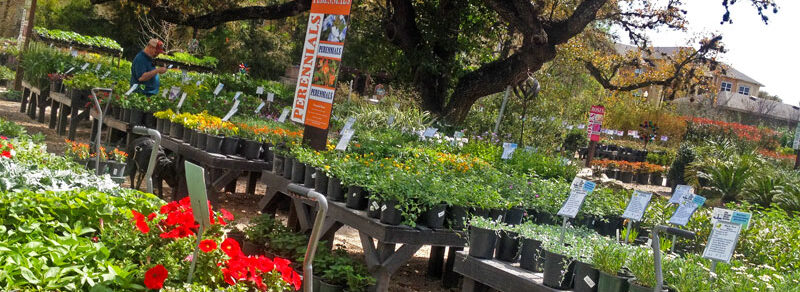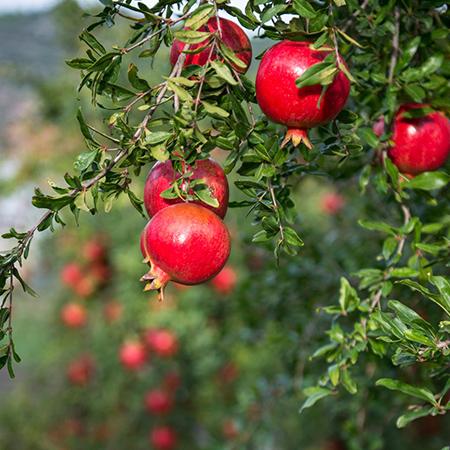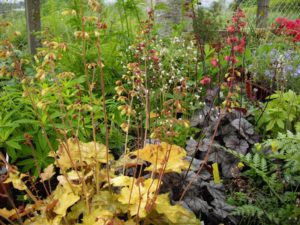July Plant of the Month

It's finally here! Sometimes after a long winter, Pride of Barbados takes a while to get going again. But once it does, this plant is a show stopper! Also called Mexican Bird of Paradise, this tropical shrub features vibrant red-orange flowers with long red stamens atop green feathery, fern-like foliage.
Growing to an average size of 6-8 feet tall and wide, Pride of Barbados has a loose, open and spreading growth habit. In ideal conditions they can even reach up to 20 feet! This plant can be grown bushy as is or shaped into a small tree form. Grow it in containers or in the ground, but either way, make sure it has well-drained soil.
Pride of Barbados will also need full sun, maybe just a little shade. It is extremely heat and drought tolerant once established and doesn't mind the humidity one bit. This plant looks great mixed in with shrubs and perennial beds. It especially stands out when placed next to cooler colored flowers like Blue Cape Plumbago, Texas Sage or Indigo Spires Salvia.
Because Pride of Barbados is a tropical shrub, it may need to be protected from hard freezes. It has been said to have survived temperatures as low as 18º. Most years here in San Antonio, one of two things will happen. Either it will lose its foliage but not freeze all the way to the ground or it will freeze back to the ground completely and return the next spring.
Even with a slow start, Pride of Barbados can still reach full size and bloom beautifully in one growing season, bringing bees and butterflies to your garden. If you have to have one of these beauties, you can find them and all of your other favorites here at The Garden Center!













 'Tis the season to buy hollies fa la la la laaa la la la laaaaaa! Hollies are starting to show off their winter berries and Christmas Jewel is one of our new favorites!
'Tis the season to buy hollies fa la la la laaa la la la laaaaaa! Hollies are starting to show off their winter berries and Christmas Jewel is one of our new favorites!
